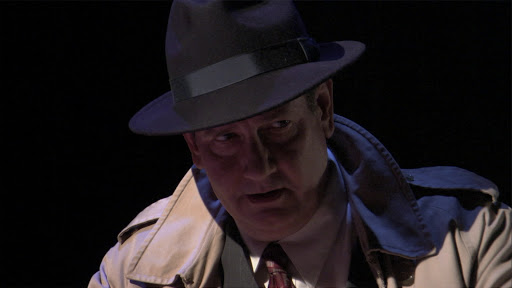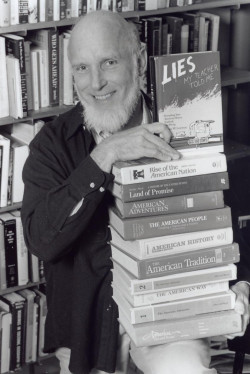 The cliché says that history is written by the winners, but that's not true when it comes to history textbooks.
The cliché says that history is written by the winners, but that's not true when it comes to history textbooks.
For the most part, they're not even written by the "authors" whose names grace the covers. Instead, they're written by employees of or freelancers for publishing companies deathly afraid of controversy -- fearful that a passage offensive to virtually any constituency will result in their books not being adopted in schools.
James W. Loewen's Lies My Teacher Told Me -- first published in 1995, and revised and updated in 2007 -- documents how badly the most popular high-school textbooks teach American history. As part of the Quad City Arts Super Author program, Loewen will discuss his work at seven programs from April 15 to 17. (For a list of events, click here. To read about Chris Crutcher -- the other Super Author visiting our area next week -- see "Innocence, Ignorance, and Experience: Quad City Arts 'Super Author' Chris Crutcher Discusses His Controversial Young-Adult Literature.")
Loewen has also written Lies Across America (which tackles historic-site markers the same way he attacked history textbooks) and Sundown Towns, about communities with written or unwritten laws designed to keep them free of racial minorities. And he co-wrote a textbook on Mississippi history that gave him his first insight into the textbook-adoption process that avoids controversy at the expense of truth.
Accessible, passionate, detailed, and often startling, Lies My Teacher Told Me documents the errors, lies, and omissions that mar history textbooks -- opening with Helen Keller's ignored radicalism and expanding its scope from there, dealing extensively with society's treatment of Native Americans and blacks and also critiquing the presentation of more modern events, including the wars in Vietnam and Iraq.
Beyond the details that are wrong, the core narratives in these textbooks are problematic, Loewen said in a phone interview last week. He said history textbooks suggest "unrelenting, automatic progress," the idea that "we started out great and we've been getting better ever since."


 Nearly everyone who was of TV-viewing age in 1963, it seems, remembers where they were on the day President John F. Kennedy was shot. For writer/performer/instructor Arlene Malinowski, that day is especially memorable, because as she recalls, it was one of the first times that this hearing child of Deaf parents had to act as her parents' translator.
Nearly everyone who was of TV-viewing age in 1963, it seems, remembers where they were on the day President John F. Kennedy was shot. For writer/performer/instructor Arlene Malinowski, that day is especially memorable, because as she recalls, it was one of the first times that this hearing child of Deaf parents had to act as her parents' translator.
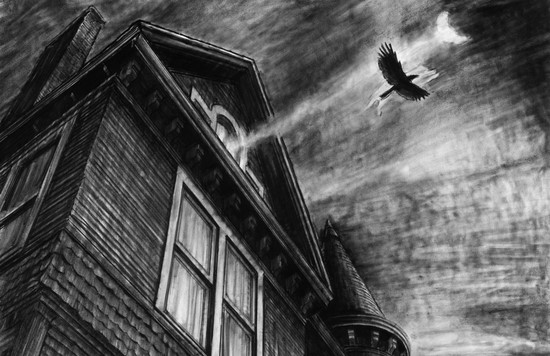
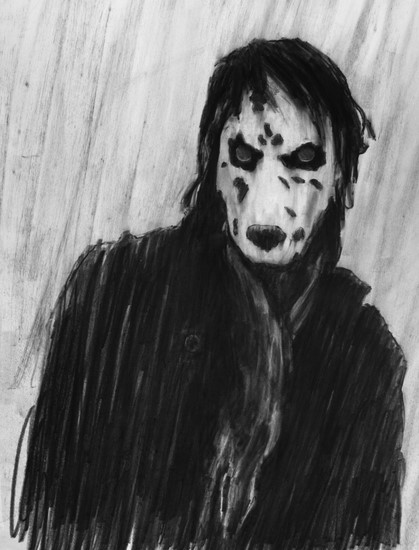
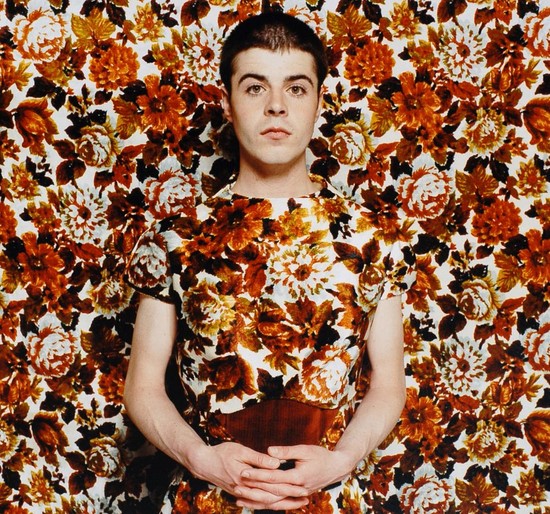
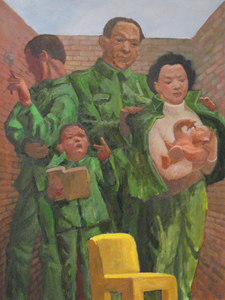
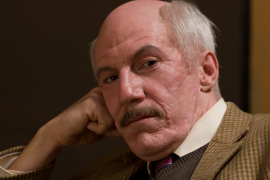 In 2007, when Los Angeles-based actor/playwright Tom Dugan was first booked as a Quad City Arts Visiting Artist, it was as the star of his self-written, one-character performance piece Robert E. Lee: Shades of Gray. When he returned as a Visiting Artist in 2008, it was as the author and director of another one-man show, Frederick Douglass: In the Shadow of Slavery.
In 2007, when Los Angeles-based actor/playwright Tom Dugan was first booked as a Quad City Arts Visiting Artist, it was as the star of his self-written, one-character performance piece Robert E. Lee: Shades of Gray. When he returned as a Visiting Artist in 2008, it was as the author and director of another one-man show, Frederick Douglass: In the Shadow of Slavery. The cliché says that history is written by the winners, but that's not true when it comes to history textbooks.
The cliché says that history is written by the winners, but that's not true when it comes to history textbooks.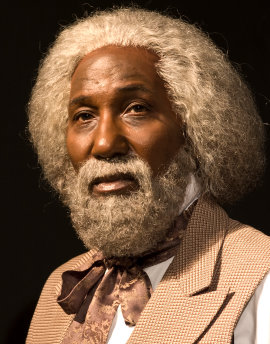 Last winter, in conjunction with his impending Visiting Artist residency with Quad City Arts, I had the opportunity to interview Los Angeles-based actor/director/playwright Tom Dugan. He was heading to our area to perform Robert E. Lee: Shades of Gray - a self-written solo production in which he portrayed the Confederate general under the direction of Mel Johnson Jr. - and during our phone conversation, Dugan recalled the process by which much of the play was written: In the back of a van, surrounded by books, while touring On Golden Pond with Jack Klugman.
Last winter, in conjunction with his impending Visiting Artist residency with Quad City Arts, I had the opportunity to interview Los Angeles-based actor/director/playwright Tom Dugan. He was heading to our area to perform Robert E. Lee: Shades of Gray - a self-written solo production in which he portrayed the Confederate general under the direction of Mel Johnson Jr. - and during our phone conversation, Dugan recalled the process by which much of the play was written: In the back of a van, surrounded by books, while touring On Golden Pond with Jack Klugman.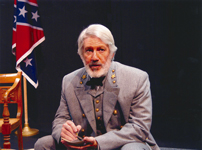 When actor/playwright Tom Dugan premiered his one-man show Robert E. Lee: Shades of Gray in Richmond, Virginia, in 2004, the packed audience at the Carpenter Center for the Performing Arts gave the production a standing ovation. Crowds were similarly enthusiastic after subsequent performances in Tennessee, West Virginia, and Georgia, and when Dugan performed Shades of Gray in Lexington mere days before his Quad Cities arrival, the show was sold-out long in advance of its January 11 opening.
When actor/playwright Tom Dugan premiered his one-man show Robert E. Lee: Shades of Gray in Richmond, Virginia, in 2004, the packed audience at the Carpenter Center for the Performing Arts gave the production a standing ovation. Crowds were similarly enthusiastic after subsequent performances in Tennessee, West Virginia, and Georgia, and when Dugan performed Shades of Gray in Lexington mere days before his Quad Cities arrival, the show was sold-out long in advance of its January 11 opening.